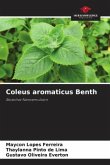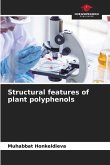Monogastric animals do not absorb the phosphorus present in oilseeds, which make up around 90 per cent of the raw material used in feed. This is due to the absence of the enzyme phytase, which helps break down phytic acid, where the phosphorus present in these seeds is stored. In order to provide sufficient amounts of phosphorus in the diet of monogastric animals, also known as non-ruminants, inorganic phosphorus is added to their feed, mainly in the form of bicalcium phosphate. In order to ensure that this element is properly metabolised in sufficient quantities, more phosphorus is added than these animals actually need, and the excess phosphorus that is not metabolised is eliminated in the faeces of the monogastric animals, causing what environmentalists call the eutrophication of rivers and lakes, which is the growth of algae, forming a thick green curtain over the surface of the water. This work deals with the production of the enzyme phytase, which should be added to monogastric animal feed to replace the use of inorganic phosphorus.
Bitte wählen Sie Ihr Anliegen aus.
Rechnungen
Retourenschein anfordern
Bestellstatus
Storno








